Twilight: 2000‘s Polish Campaign, Part I
Twilight: 2000 takes place in the aftermath of a limited tactical nuclear war during World War III. While the inciting event is over (the use of nuclear weapons), the world is still very much in collapse, so the players are engaged in a game of survival. They are what is left of the US 5th Mechanized Infantry Division, crushed by two Soviet divisions in Poland in the spring of 2000.
The game is one of the few true sandbox games that I have ever encountered. While my Traveller games often had sandbox elements, they were still typically guided by a grand narrative. Twilight: 2000 forgoes even that, for the most part. Casting the players in the roll of trying to make their way in the world. The operating presumption is that they want to return home — aka, the United States.
The sandbox nature of the game is emphasized in the first major set of campaign supplements, often call the Polish Campaign, that GDW released for the first edition of the game (and the second edition began with republishing the campaign, though it never finished it). The supplement, The Free City of Krakow, is the first after the starting scenario (Escape from Kalisz included in the base game), where the players flee the attacking Soviets and escape, only to be left stranded in Poland, cut off from their division, if it even exists.
The Free City of Krakow is not an adventure structured like many familiar with other campaigns or adventures may be familiar with. Instead of a plot that the characters are encouraged to engage with or follow (depending on how “strict” the gamemaster [GM] is about keeping to the script), the opening encounter is detailed, nuggets of information are deposited, and enticements are left, but that is it. How the adventure ends is very much in the hands of the players and how they choose to engage.
The “grand” plot behind the 5th Division’s spring offensive was a cover for something called Operation Reset. A consequence of the limited but broad nuclear war were the EMP pulses that destroyed electronics. Communications and computers — all electronics relying on silicon chips — were severely damaged. Hence, a working computer in Twilight: 2000 is a rare thing. Turns out, a professor at the University of Łódź was working on a device that could re-enable the use of computers. This powerful technology was the impetus behind the spring offensive and a special forces team to secure the research.
While the professor was killed, the US Special Forces team acquired the blueprints and schematics. Unfortunately, the failure of the offensive complicated the situation. Instead of linking up with the 5th Division at Łódź, the team had to try to make their way back to the German border. Unfortunately for them, they trusted an American deserter, who led them into an ambush.
The players encounter the aftermath of this. They find the destroyed and looted remains of the Special Forces vehicles and a loan survivor, Lieutenant Schaefer, who hid in the woods after being mortally wounded. Schaefer is able to provide tidbits of information about Operation Reset and the deserter but dies before being able to fully loop in the characters. What the characters do know is that they are in possession of the blueprints (the enemy failed to understand the value of the documents) and that Krakow likely has either DIA or CIA officers who would very much like the information.
From there, the players are free to choose what they want. Krakow is an enticing location. It declared itself free, much like Casablanca in World War II. Both Soviets and Americans and many other refugees have found a place in Krakow, where the war is now allowed to intrude. Fortuitously preserved from the nuclear exchange, the city is still a shell of its former self. Teaming with rival KGB sections, the DIA, the CIA, local powers, and even Mossad, the city can provide the players with wealth (whatever that means to them in the context of Twilight: 2000) and the potential for being double-crossed.
The supplement spends the vast majority of its pages documenting the major areas of Krakow and the players and factions. It also offers numerous scenarios for how the players might seek to use their Operation Reset information. Selling to the KGB, giving it over to the DIA, and so on.
Are the players careless and talking out loud about what they found? The KGB may attempt to off them. Do they feel a patriotic duty to give the information to the Americans? The DIA and CIA are serving their particular overlords (the military and civilian governments, respectively). The genius of the supplement is that it provides numerous entry points and wide open conclusions. This is a GM technique I absorbed long ago without thinking about it. Focus on the encounter — not its conclusion.
The potential encounters associated with this are lumped into large groups: “The Friendly Stranger,” “Loose Lips,” “Looking for Work,” and “They Found Us.” The introduction for the “Loose Lips” section reads,
The characters decide the only way to sell their merchandise is to advertise. They have been speaking with a number of chance-met people in Krakow, letting them know that the characters have something to sell.
What follows that are five potential encounters featuring a group of marauders, the KGB, both the KGB and DIA, and the DIA alone. GMs will find likewise in the other sections. The potential encounters are provided in a couple of paragraphs and often include minor adjustments to it. This open-ended framework is quintessential Twilight: 2000.
The main bulk of the book is dedicated to providing background material on Krakow and the major NPCs and factions along with a random encounter table specific to Krakow. A note about this latter, Twilight: 2000 relies on random encounters heavily. Because it is a sandbox and hex crawling game (i.e., travel from one location to another is part of the game and not intended to be glossed over), the original game and subsequent editions have an extensive random encounter set of rules.
Players might encounter nothing, a pack of dogs, elements of a Soviet tank division, refugees, and so on. The game encourages and pushes GMs and players alike to deal with situations that arise and to plan with limited information and time. Hence, The Free City of Krakow provides some specific tables for players wandering the city.
The city is detailed in its current state. Krakow was intended to be a safe haven and a place from which many adventures could originate beyond Operation Reset’s cache of documents. Krakow is — from an outsider’s perspective — ruled by the eccentric Josef Kurtzeba. Claiming to be a Polish colonel, he organized a group of people to take on the bandits and marauders laying waste to Krakow and its survivors.
He won and, for that reason, has the love of the people. While the players are unlikely to meet him (unless they take on one of the several jobs by rivals to eliminate the grandiose and delusional city leader), he and Krakow mirror each other in many ways. Kurtzeba’s eccentricity filters into the city proper itself.
General Zygmunt Bohusz-Syszko commands Krakow’s police, called the ORMO, as Police Prefect. He is a disciplined, ruthless leader who now worries about Kurtzeba’s mental stability and intends to find a way to oust the popular leader and assume complete control of Krakow. He trusts his senior officer, Major Wladislaw Kobiecki. He should not. Kobiecki is a KGB agent intent on eliminating his boss to take control of the Ormo and give the Soviets control of Krakow and its ammunition manufacturing capabilities.
This latter conflict highlights the strength of The Free City of Krakow supplement. Krakow is a dynamic place with people living out their lives before the player characters show up — and after the player characters leave. Bohusz-Syszko’s and Kobiecki’s plots are likely to be confounded by Stanislaw “Guz,” who is a shadowy background figure that is the real power behind Kurtzeba.
Dozens of other NPCs are documented. From American expatriate Hallecki who runs the Na Zdrowi restaurant and supplies the DIA with information (and is watched by the KGB) to Alexander Kosikowski (i.e., Walter Donovan) the CIA’s agent in Krakow, the potential entanglements for player characters are numerous. Some are interested in Operation Reset; some are not. And those that are have their own particular way they are interested in it: the KGB wants to keep it out of American hands. The DIA wants it for the US military government that is competing against the US civilian government and the CIA. Guz is interested in it because of the potential power and value it brings. Same goes for the marauder groups who have learned of vaguely valuable information. Some will double-cross any player characters. Others will not, but they would be okay stealing the schematics if the opportunity arises.
Not only do the NPCs offer many opportunities for offloading the Operation Reset diagrams, they also offer many job opportunities. Bohusz-Syszko is could hire the players to kill Kurtzeba to further his plot. Kurtzeba’s mistress, Marian Dmowski, could hire them to help her and her father escape. Other might seek the players’ help in eliminating marauder gangs. Regardless, Krakow offers many opportunities and complications for GMs to put in front of players.
As with the players, numerous organizations are detailed, including orders of battle as appropriate. The DIA, CIA, KGB, ORMO, and others all have extensive notes about how they might be encountered, their general objectives, and what they can bring to bear. It’s here that you find out the DIA has a cache of ammunition and weapons hidden in Krakow or that the KGB headquarters in the city is reminiscent of the infamous Lubyanka HQ in Moscow — most who go in do not come out. Numerous surrounding towns are also well documented. These are likely areas the players passed through to get to Krakow or serve as excursions or warnings about impending dangers.
Finally, The Free City of Krakow provides rules for helicopters in Twilight: 2000. With the collapse of industry and destruction of refineries, aviation fuel is in short supply. Planes and helicopters are rare in the setting. However, Krakow — and the ORMO — is in possession of a Polish MI-17 Hip helicopter. While it is never flown, its engines are maintained, and it is kept under close guard. The city is also in possession of 1000 liters of aviation fuel. A few pilots can be found for hire in Krakow.
The helicopter is not integral to any particular plot or outcome previously listed in the supplement. Rather, it is put out there as a tempting target. Perhaps the players may need it for escape. Perhaps an interested party would like to steal it. Who knows? It is the essence of a sandbox game: here’s this bit of information; do what you will. Beyond a description of the MI-17, the last few pages provide rules for using helicopters in the game, including in combat.
The Free City of Krakow is a fantastic supplement that provides a GM tons of info, excellent guidance and hooks but never mandates a singular path. The sandbox remains, and now the GM has more toys to create interesting encounters and adventures based on what the players do.
You can get all of the content for the 1st and 2nd Edition Twilight: 2000 games as PDFs for an incredible price at Far Future Enterprises.
Our previous coverage of GDW’s Twilight: 2000 includes:
Exploring Post-Apocalyptic Poland in Twilight: 2000
Twilight: 2000 — Roleplaying in a Post-Nuclear Holocaust World
Twilight: 2000‘s Polish Campaign, Part II
Twilight: 2000‘s Polish Campaign, Part II
Twilight: 2000‘s Polish Campaign: Part III
Going Home Isn’t All it’s Cracked Up to Be: Twilight: 2000’s American Campaign, Part I
From the Mountains to the Oceans: Twilight 2000‘s American Campaign, Part II
Reckoning: Twilight: 2000‘s American Campaign, Part III
Patrick Kanouse encountered Traveller and Star Frontiers in the early 1980s, which he then subjected his brother to many games of. Outside of RPGs, he is a fiction writer, avid tabletop roleplaying game master, and new convert to war gaming. His last post for Black Gate was Tales of an Indie Game Designer–After: The Machines. You can follow him and his brother at Two Brothers Gaming as they play any number of RPGs. Twitter: @twobrothersgam8. Facebook: Two Brothers Gaming and Solo Twilight: 2000 game.
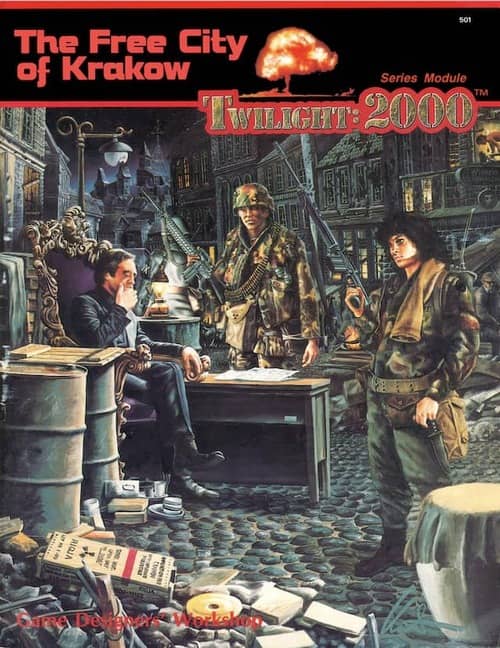
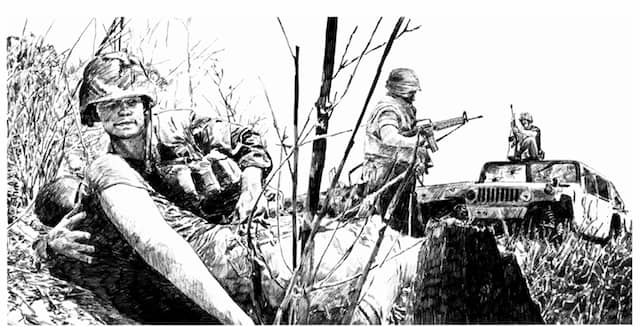
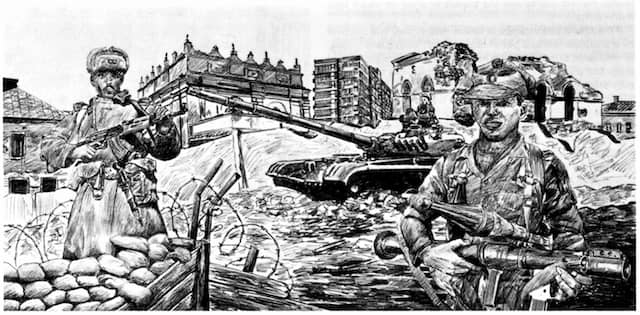
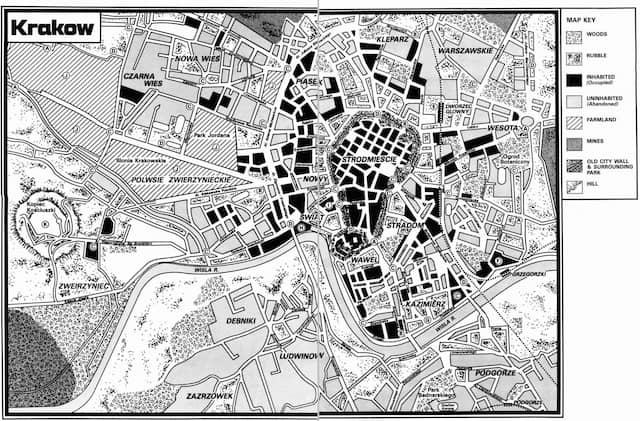
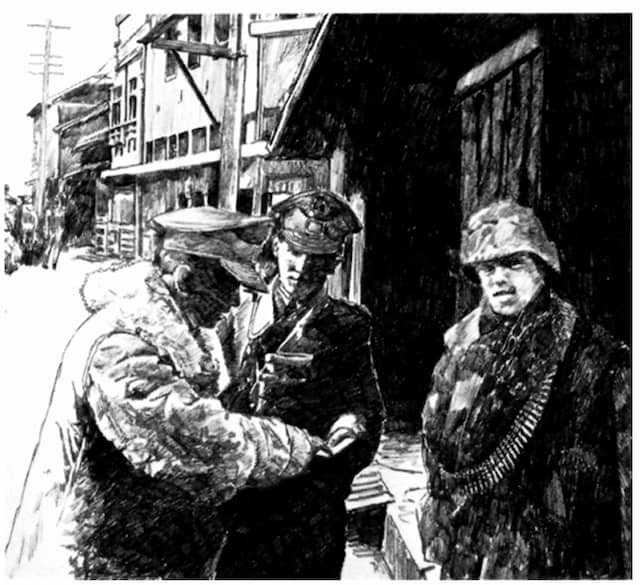
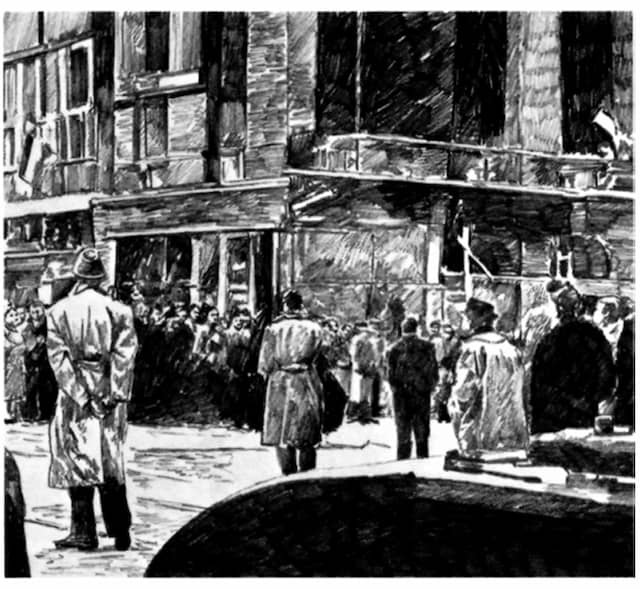
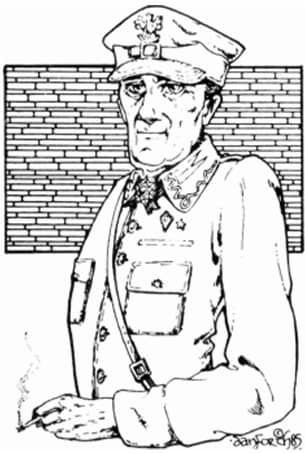
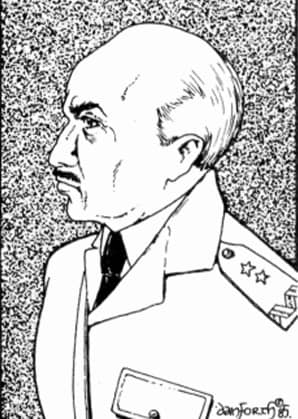
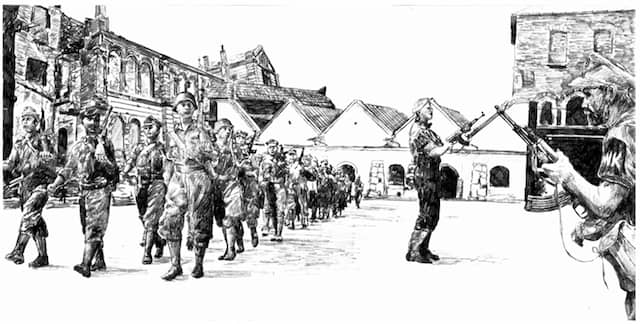
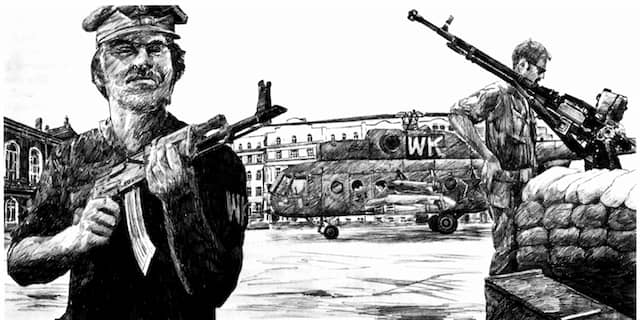
For all it’s promise, T2K was very dissappointing in it’s publications of “adventures”. Plotless, they are more like RIFTS sourcebooks. Some ideas, but mostly a decription of people, places, and things-lots of them.
Some might like this, but I would have prefered more structured writings.
For us..these were just chaotic ramblings. Someday I might sit down and write out adventures with these books, as it is a great idea.